Why Your Coffee Maker Could Be Exposing You to Microplastics
You may not realize it, but your morning cup of coffee could be another source of microplastics in food. Many coffee makers, particularly those with plastic components, can release these tiny particles during the brewing process. As hot water circulates through the machine, it interacts with plastic parts, potentially causing microplastics to leach into your coffee. The choice of coffee brewing methods significantly influences this outcome. For instance, using a paper filter may help in filtering microplastics, though it's not foolproof. It's crucial to examine the materials used in your coffee maker and explore alternative brewing methods that minimize exposure to these invisible contaminants.
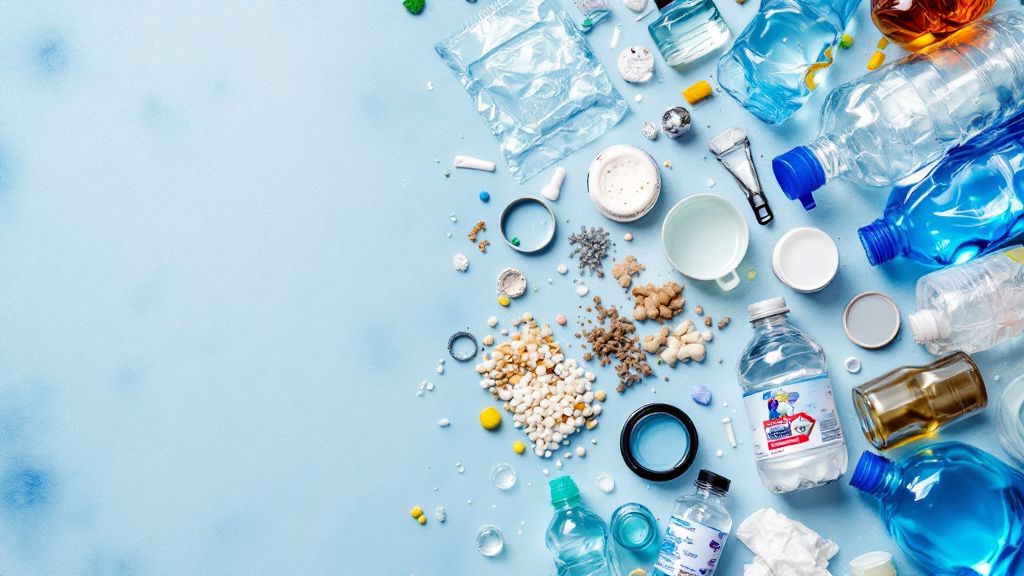
Understanding Microplastics and Their Sources
Microplastics are tiny plastic particles, less than five millimeters long, that originate from various sources. They can enter the environment through the breakdown of larger plastics, clothing fibers shed during washing, and personal care products. These particles are virtually ubiquitous, finding their way into oceans, soil, and even the food we eat. As part of this widespread issue, microplastics can become a hidden component in your daily routine, including your coffee time.
In coffee makers, microplastics can derive from plastic components that degrade over time. When coffee is brewed with these devices, especially when hot water and steam are involved, these tiny particles might leach into your cup. This contamination is subtle, making it easy to overlook. As you explore the connection between coffee brewing methods and microplastics, consider how the materials used in your devices contribute to this unwanted exposure.
To help mitigate this risk, try using coffee makers made from materials other than plastic, such as stainless steel, aluminum, or glass. These alternatives are often more resistant to the temperature and pressure changes encountered while brewing, reducing the likelihood of microplastic contamination. Filtering microplastics effectively requires informed choices, so taking a closer look at your current coffee brewing process can lead to a more mindful approach.

How Coffee Makers Contribute to Microplastic Exposure
Your coffee maker could be contributing to microplastic exposure in surprisingly simple ways. The heat and pressure involved in brewing coffee can cause plastic components within the machine to degrade, releasing microplastics into your drink. Continuous use and cleaning processes might exacerbate this degradation, further increasing your risk of consuming microplastics in food. Regular inspection of these components can help you manage potential risks.
Comparing different coffee brewing methods reveals various levels of microplastic exposure. Traditional methods using glass or stainless steel elements significantly reduce the presence of these particles compared to appliances with plastic parts. While paper filters can assist in filtering microplastics, the key lies in choosing materials that do not leach these particles during the brewing process. Making informed choices about your equipment can enhance your coffee experience without adding unwanted contaminants.
At Ratio Coffee, every machine is meticulously engineered with premium components to ensure durability and safety—completely free from microplastics.
Taking steps such as selecting a coffee maker with fewer plastic elements can be beneficial. In addition to stainless steel or glass brewers, French presses made of similar materials present a healthier alternative. By evaluating your brewing apparatus against others, you discover that sometimes a small change can have a significant impact on the reduction of microplastics, thereby improving the overall quality of your coffee.

Health Implications of Microplastics in Coffee
Consuming microplastics in food, including your morning coffee, can lead to various health concerns. Although the complete effects on human health are still under investigation, initial research suggests these particles can cause inflammation, disrupt hormone functions, and potentially contribute to other health disorders. The minute size of microplastics means they can easily enter the human body and accumulate, raising alarms about their long-term effects.
Microplastics in coffee might also impact your digestive system. Their presence can lead to gastrointestinal irritation and may impair nutrient absorption in the gut. While science is still uncovering the full extent of these implications, there's an increasing urgency to understand the risks associated with daily microplastic intake through commonly consumed items like coffee.
In the next few years, microplastics are likely to become a more significant public health topic as researchers delve deeper into their impacts. As awareness grows, consumers may demand safer coffee brewing methods and better product transparency. To protect yourself, consider using devices with fewer plastic parts and focus on filtering microplastics in your brew whenever possible, offering peace of mind and a healthier coffee experience.
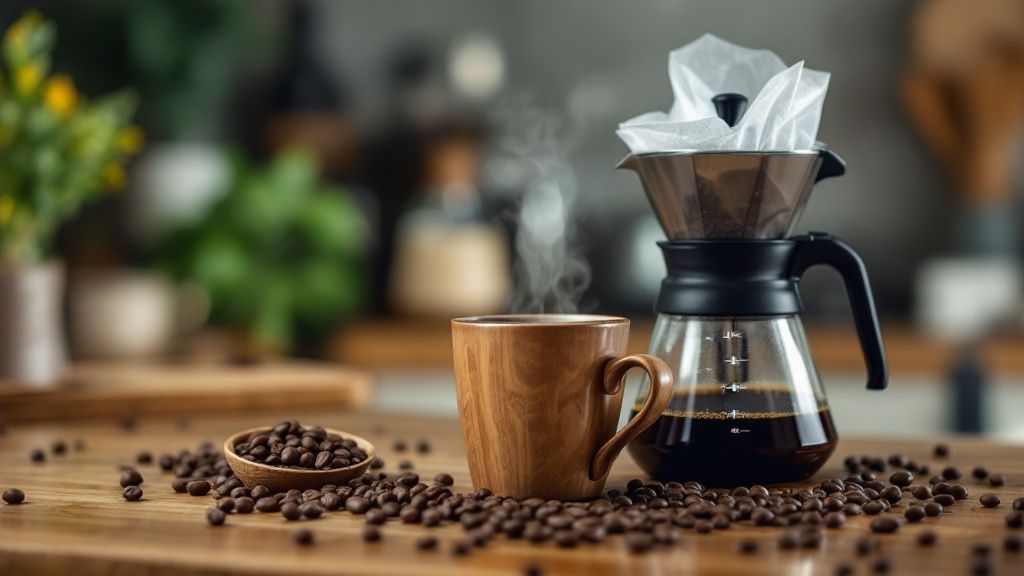
How to Reduce Microplastic Exposure from Coffee Makers
Reducing microplastic exposure from coffee makers involves making thoughtful choices about your brewing process. Opting for machines made of glass or stainless steel cuts down the risk since these materials do not degrade and release particles like plastic often does. Additionally, consider manual brewing methods such as French presses or pour-overs, which are less likely to introduce contaminants into your coffee.
Think of the coffee brewing process as a journey. Just like navigating a winding road, selecting the right route—or in this case, materials—ensures you reach your destination without unnecessary detours or hazards. Using paper filters can help in filtering microplastics, akin to setting up roadblocks that prevent these intruders from passing into your drink.
Regular maintenance and cleaning of your coffee maker also play a crucial role. Removing coffee oil buildup and descale can prevent plastic wear over time. As you become more aware of the potential risks, adjusting your brewing habits ensures that your next cup is not only satisfying but safer, providing a simple yet powerful way to guard against everyday microplastic exposure.
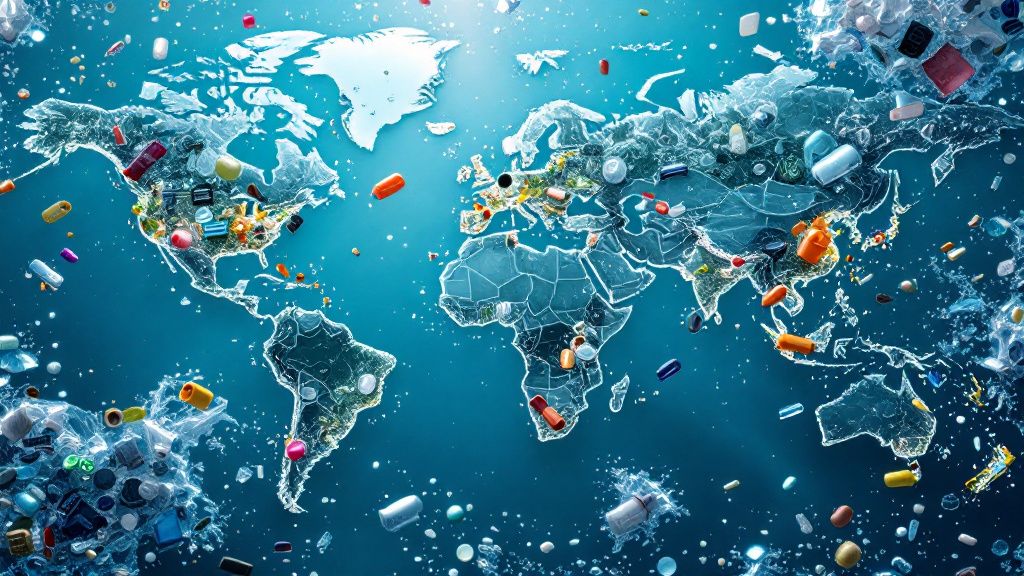
The Bigger Picture on Plastic Pollution
Plastic pollution is a growing environmental concern with far-reaching implications. Microplastics are a pervasive subset of this issue, infiltrating ecosystems and human consumption via products such as coffee makers. These particles are often transported by water systems, entering food chains and contributing to pollution on a grand scale. Awareness of this problem is crucial as it allows you to make informed decisions that can help reduce these environmental impacts.
The challenge of combatting plastic pollution requires global cooperation. Individual actions, like choosing coffee brewing methods with fewer plastic components, might seem small but collectively add up to meaningful change. By filtering microplastics from your daily life, you contribute to lessening the overall plastic footprint we leave behind. Each choice reverberates, inspiring broader shifts toward sustainability and innovation in product design.
In the next few years, plastic pollution is likely to rise as a top priority on environmental agendas, forcing industries to innovate cleaner alternatives and recycling practices. As consumers demand transparency and sustainability, companies will need to adapt by offering eco-friendly solutions. By understanding and addressing plastic pollution's broader impacts, you become part of a powerful movement toward a healthier future for both the planet and yourself.
 Ratio Eight S2
Ratio Eight S2
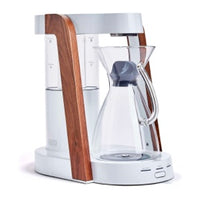 Ratio Eight Original
Ratio Eight Original
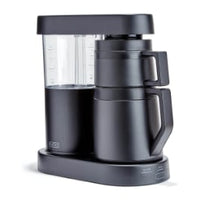 Ratio Six
Ratio Six
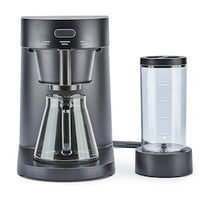 Ratio Four
Ratio Four
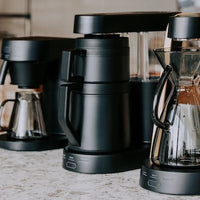 Compare Machines
Compare Machines






